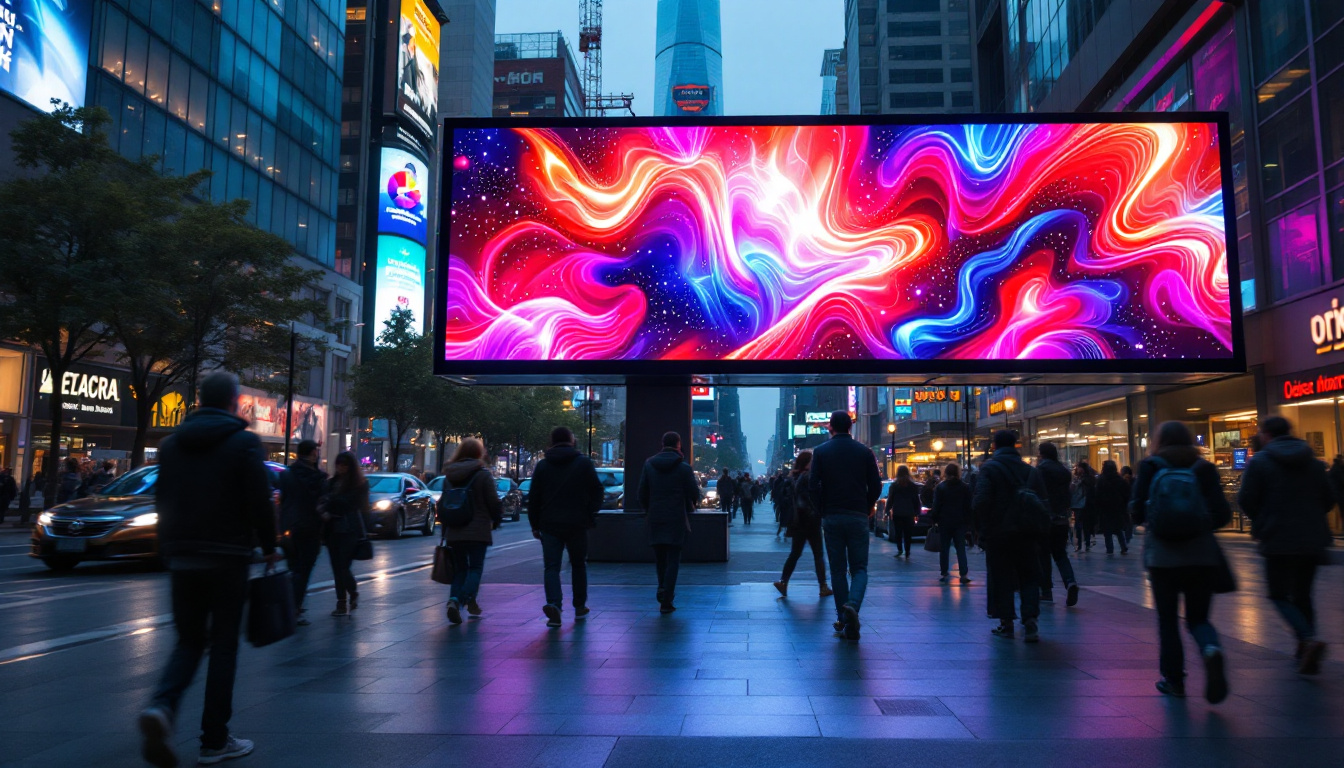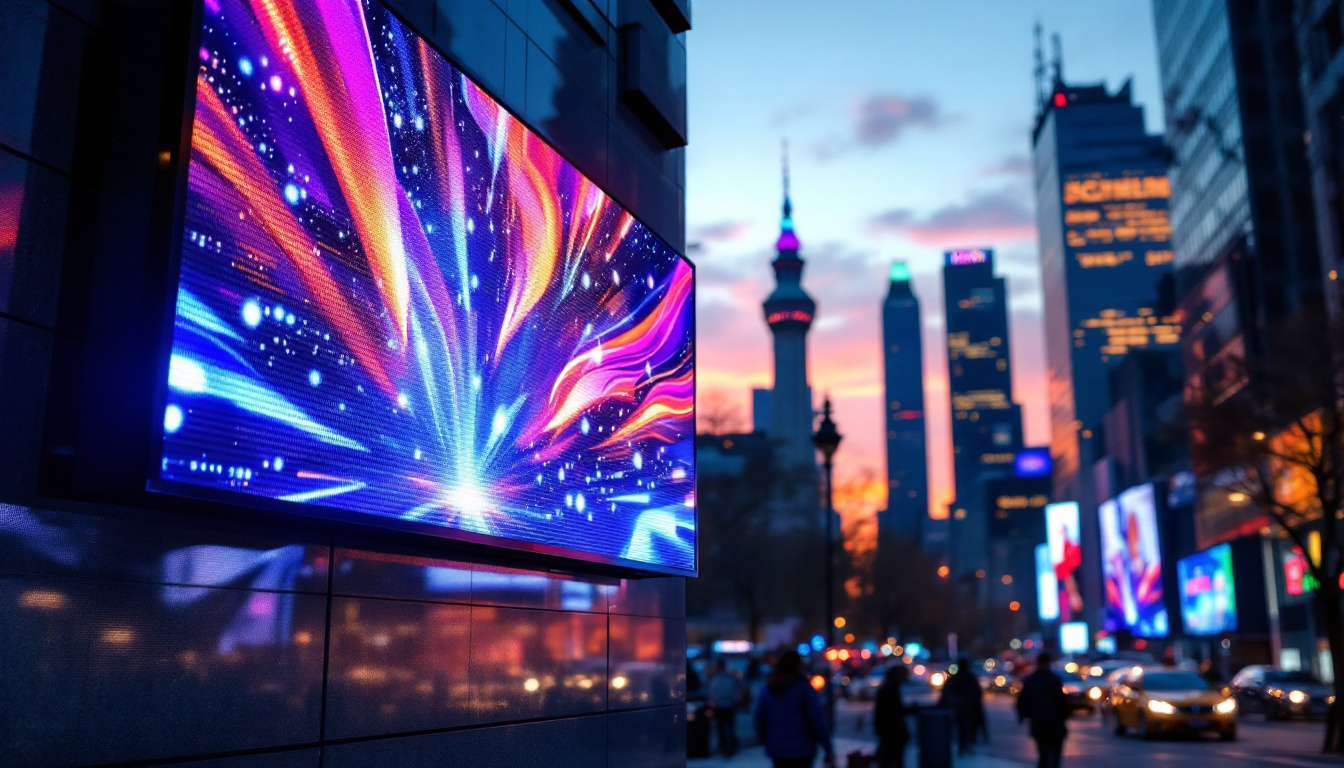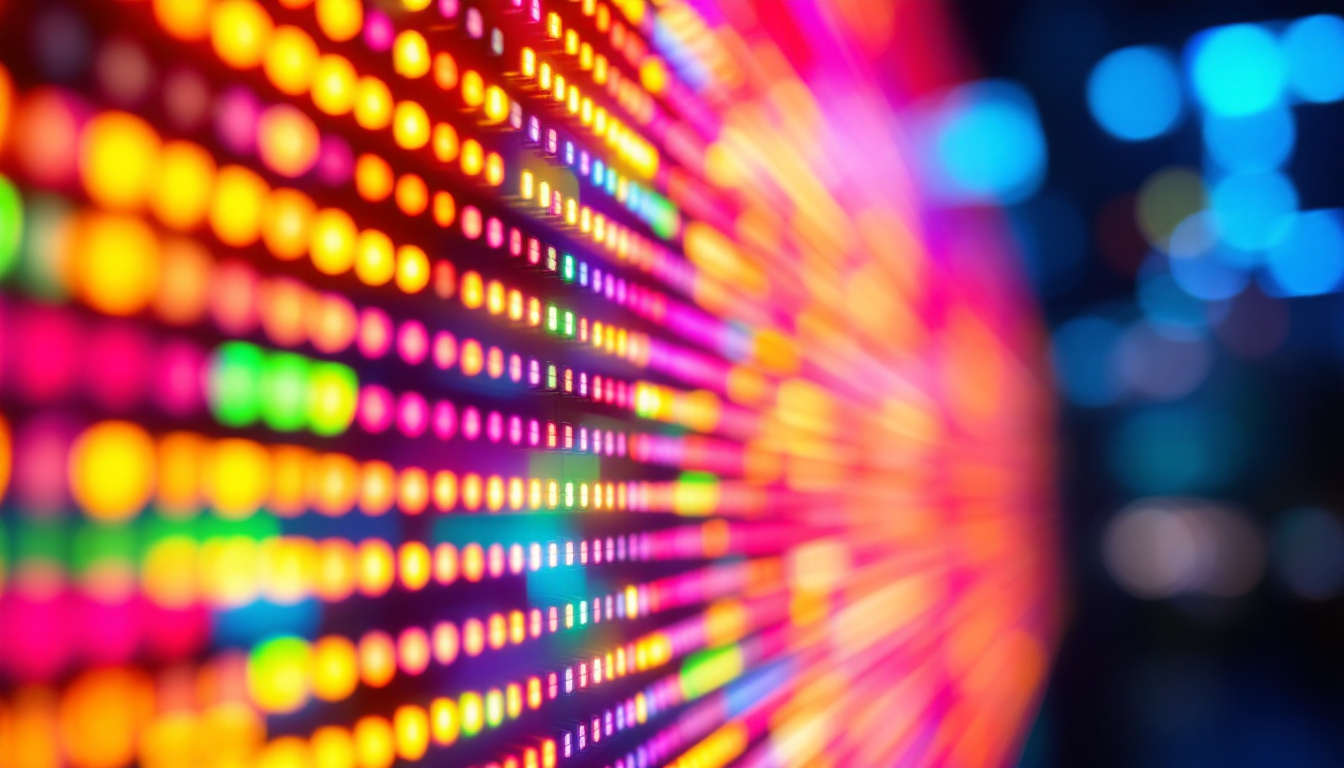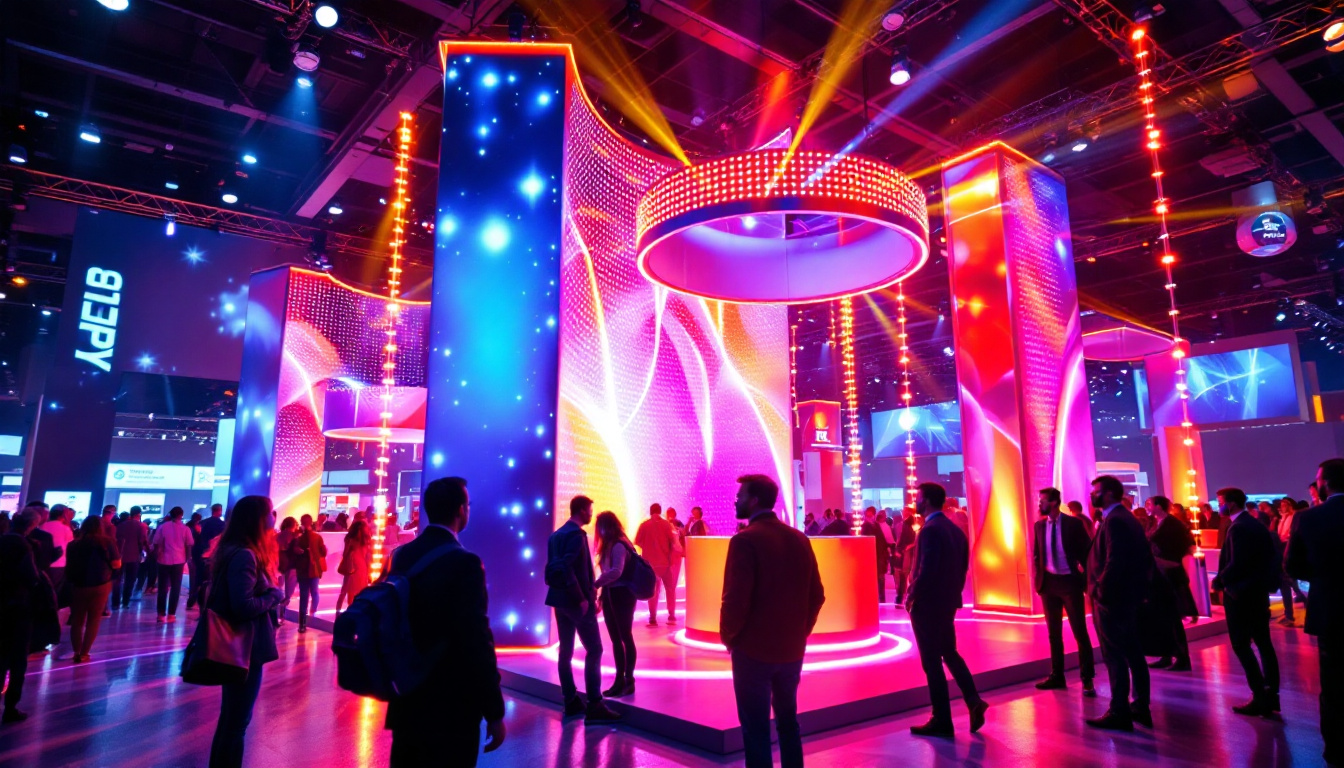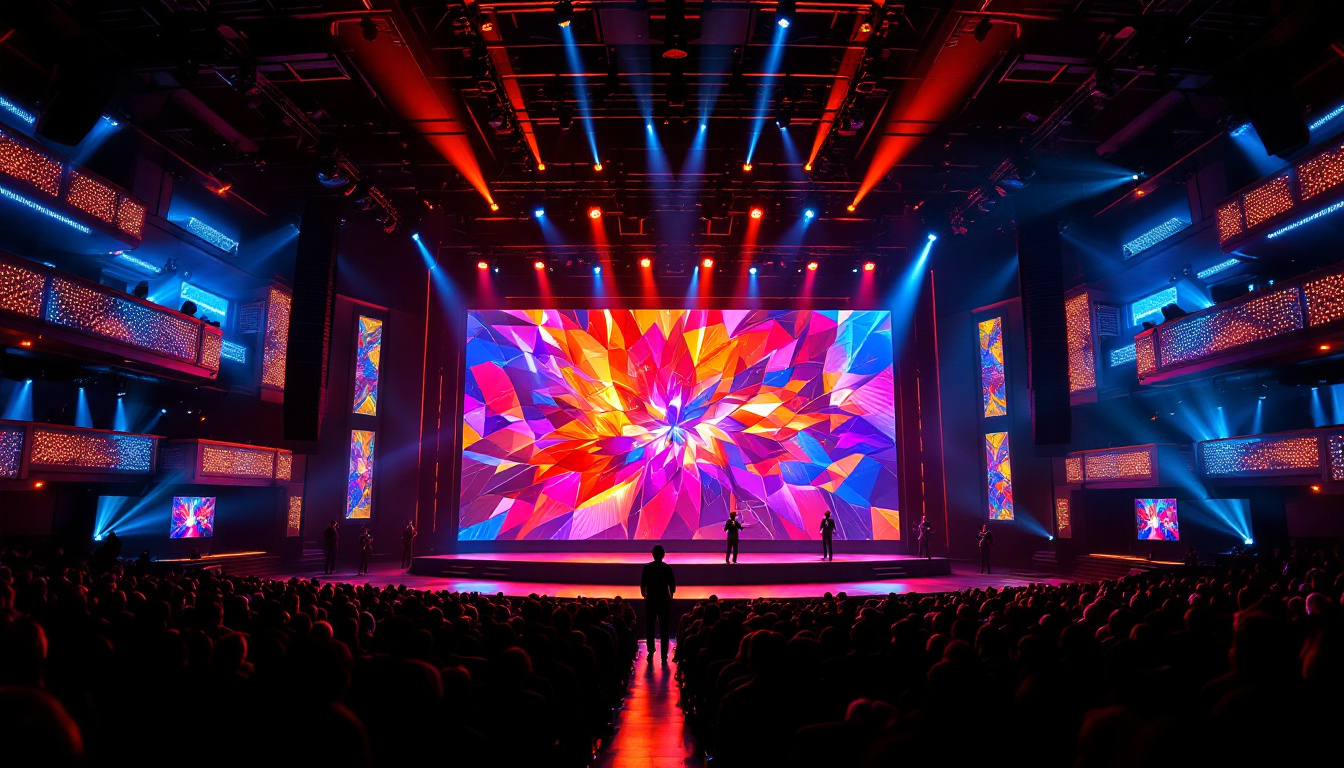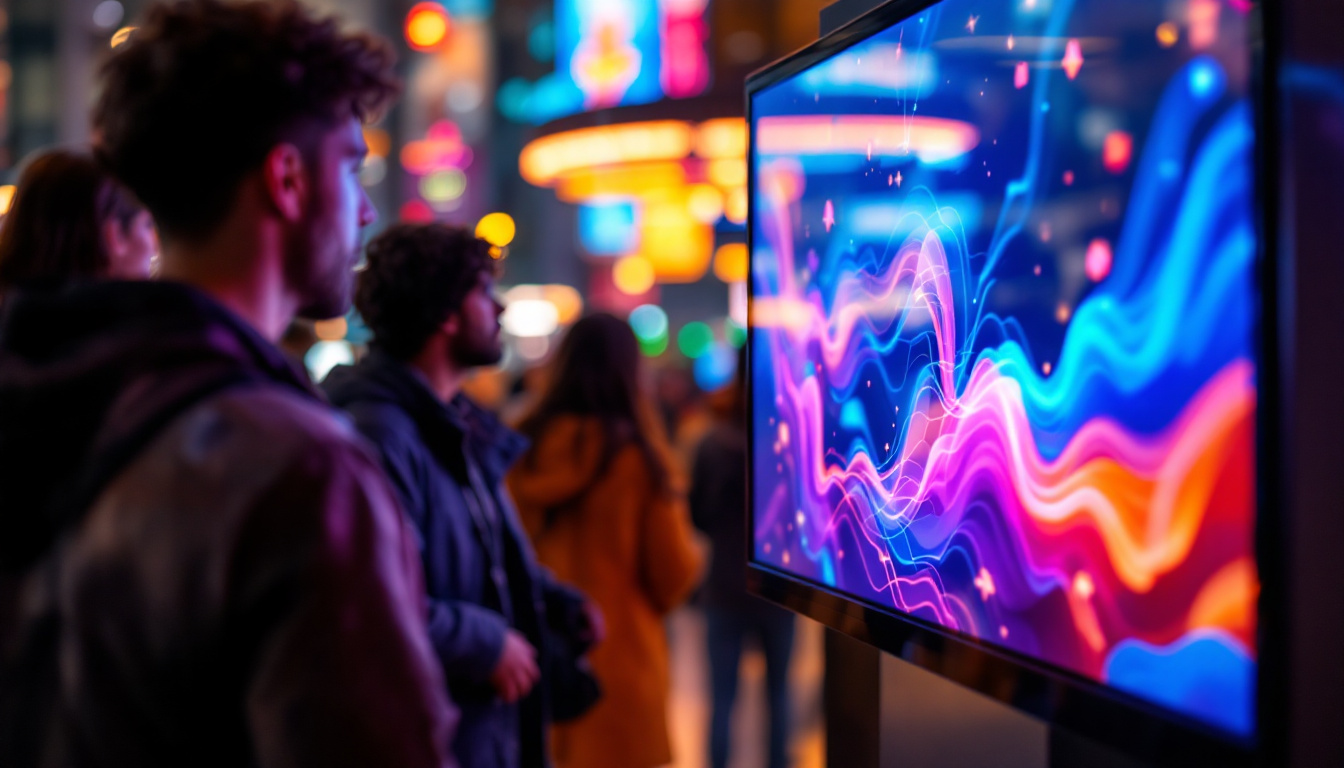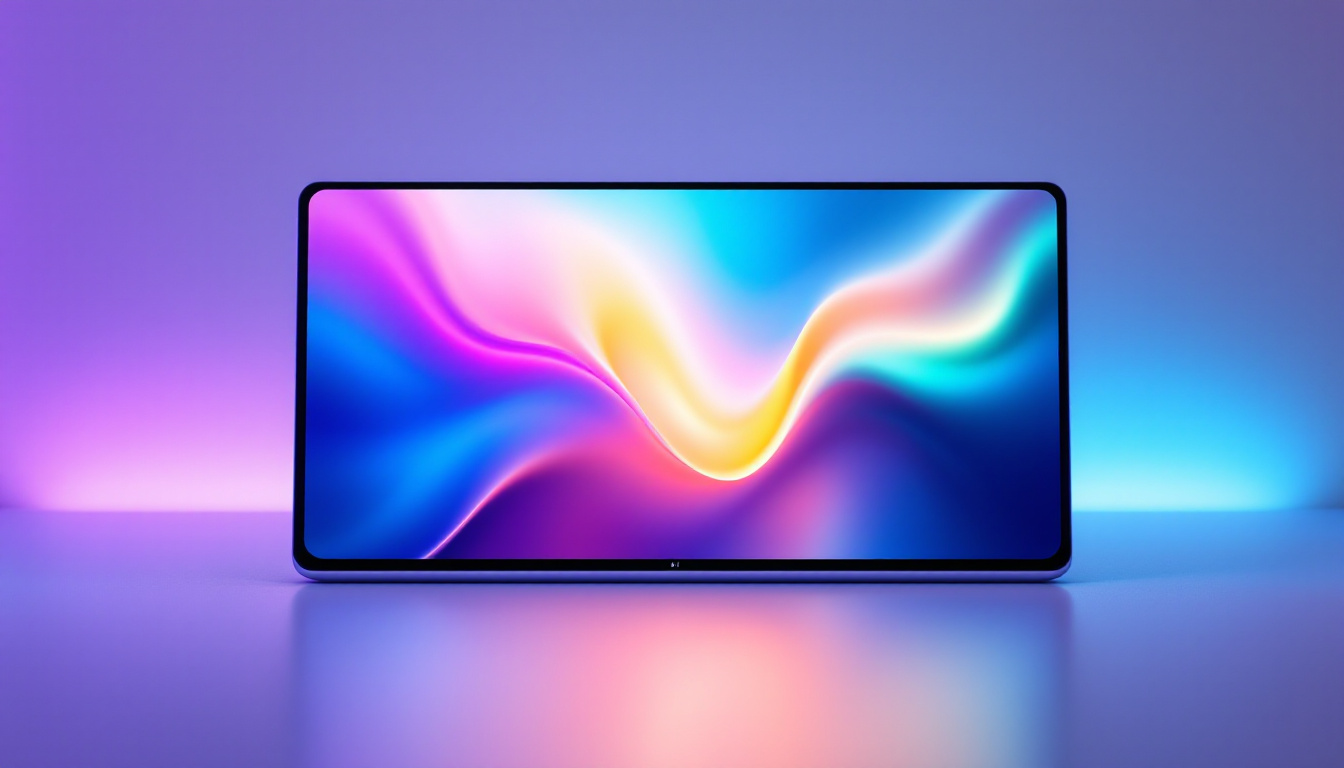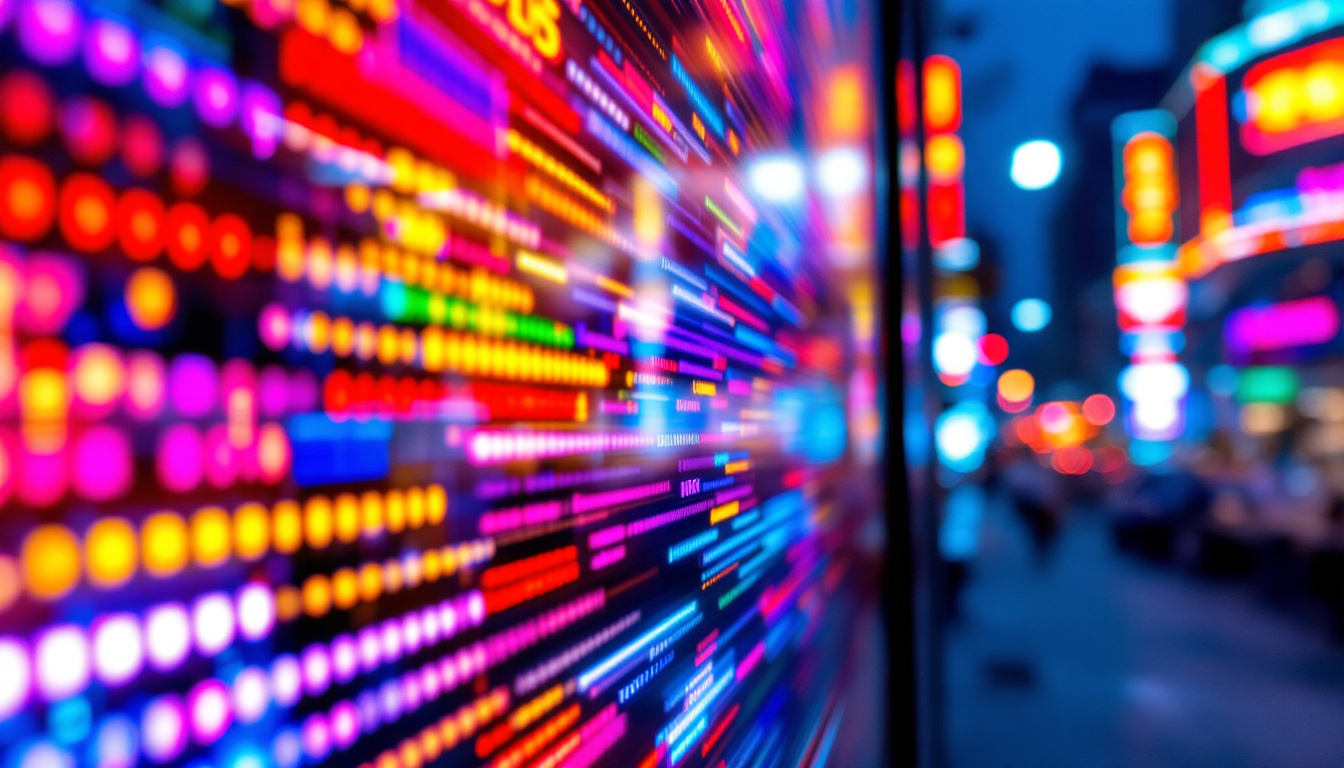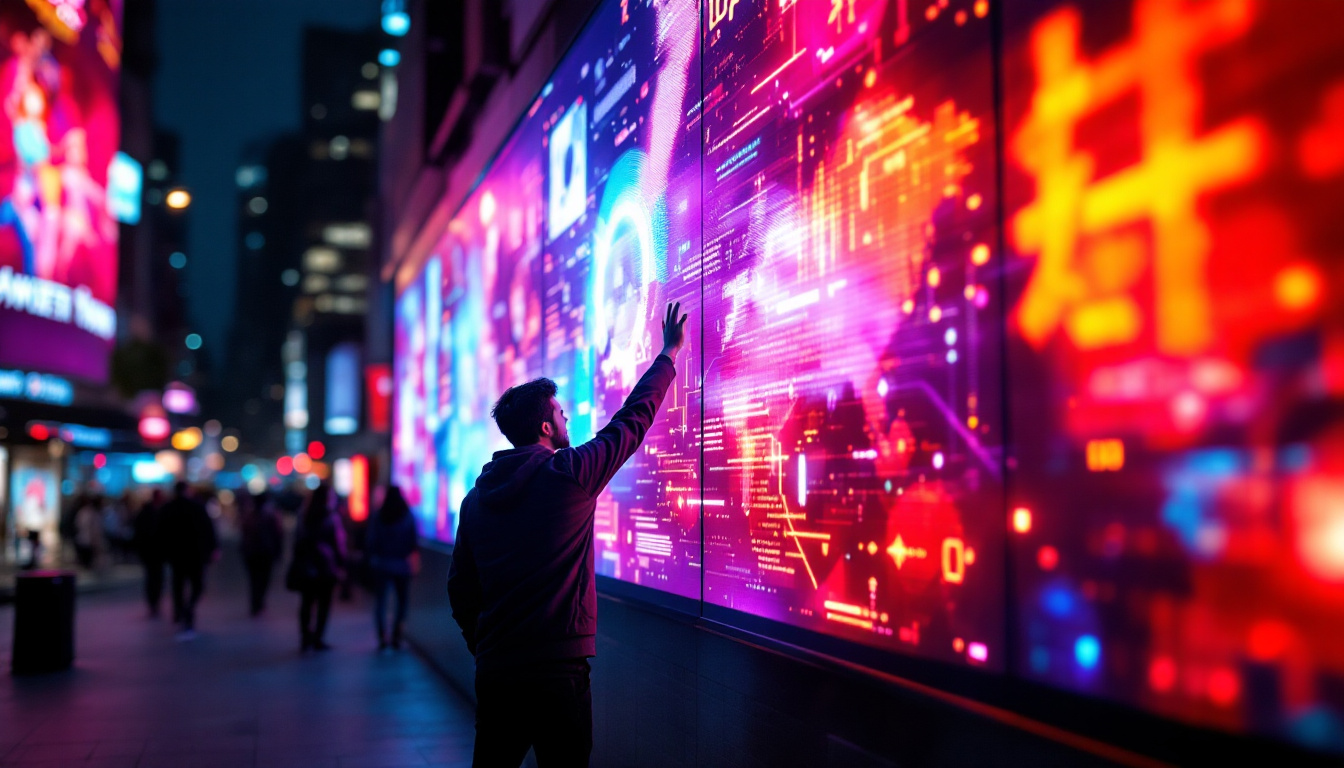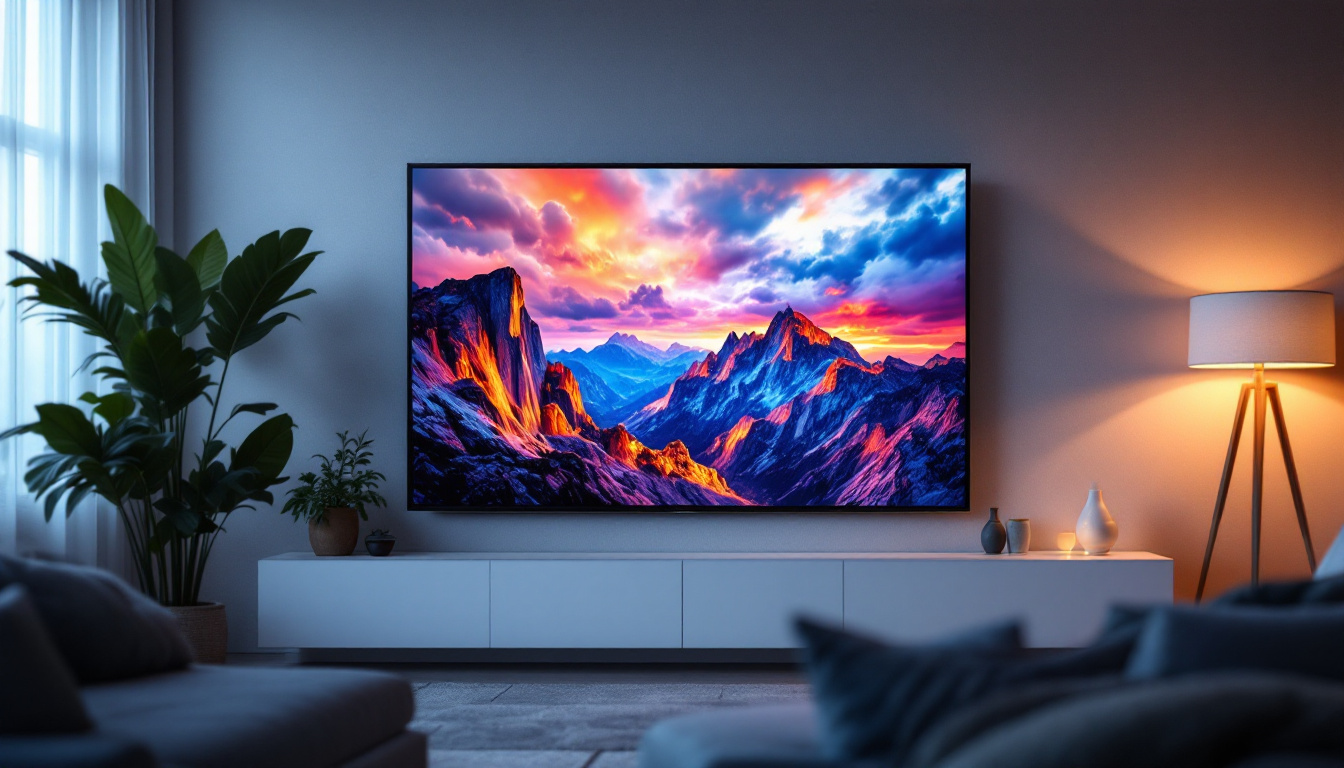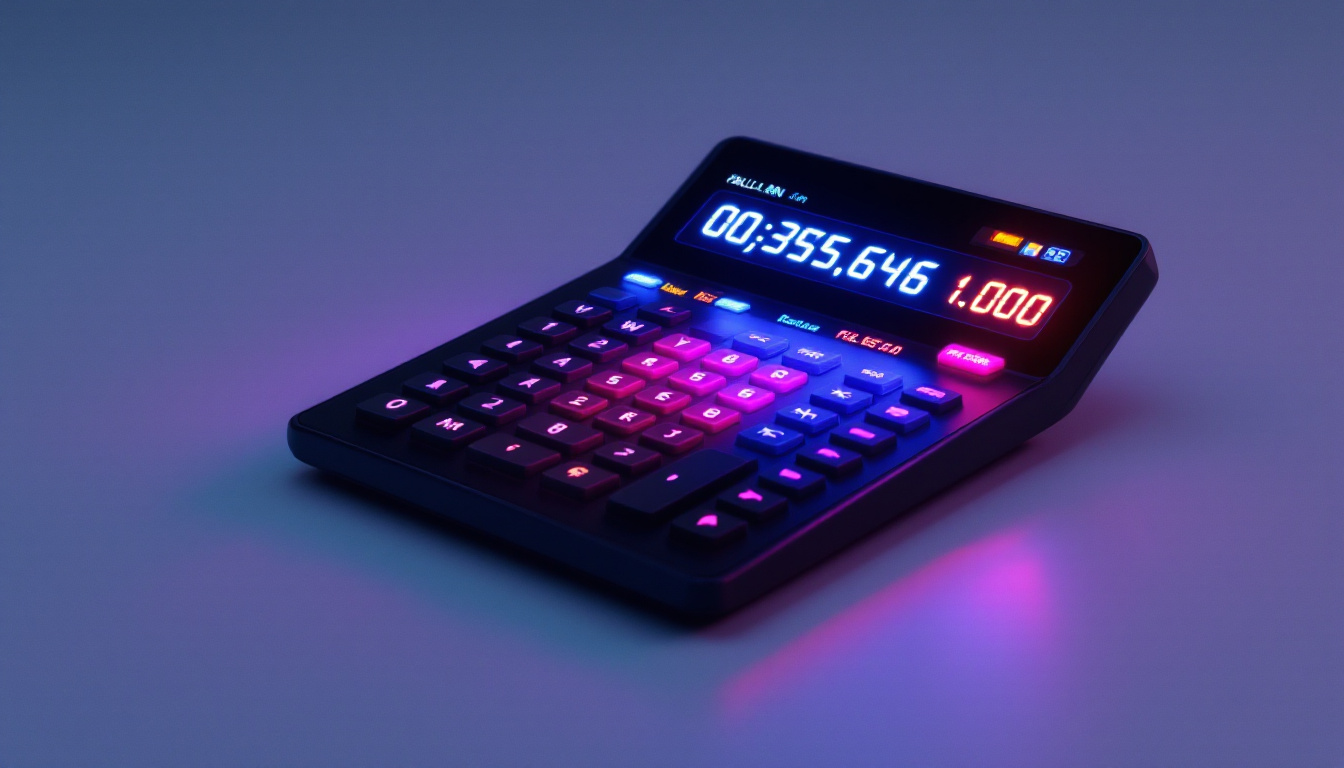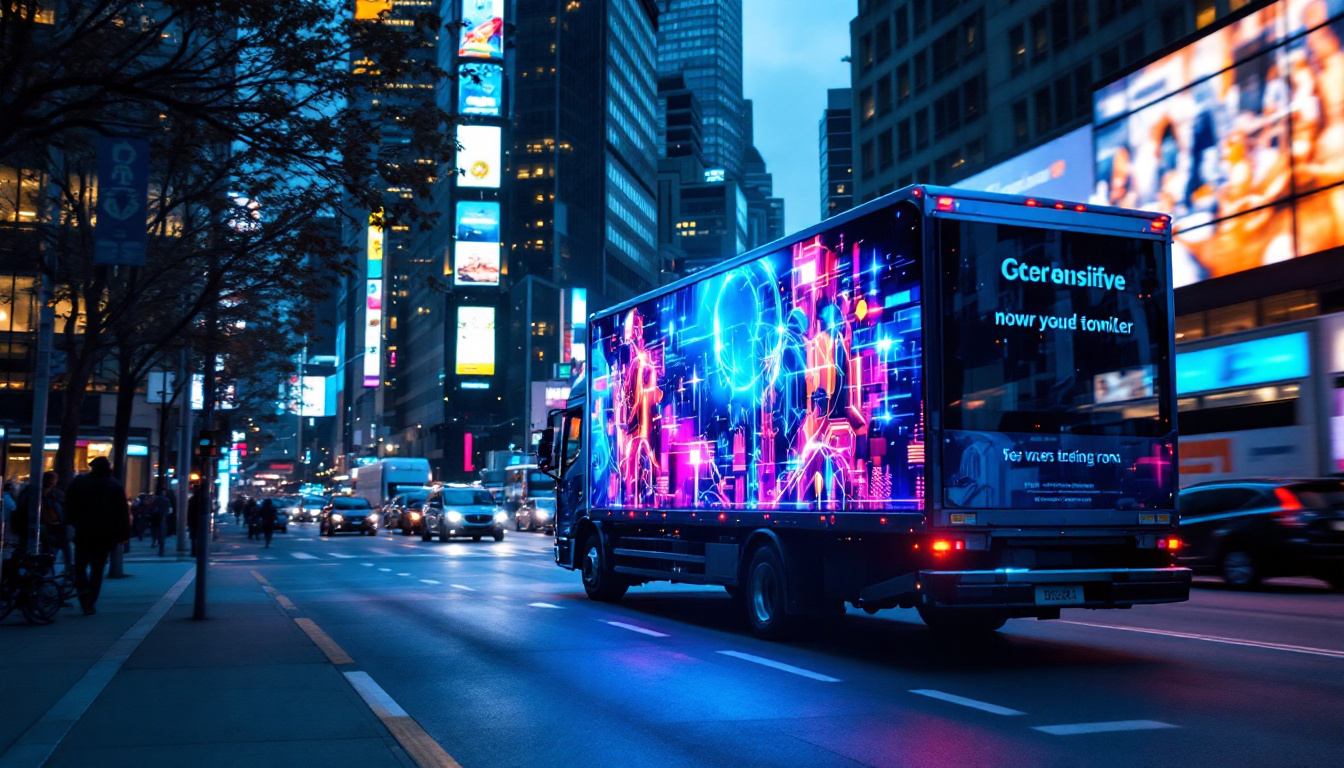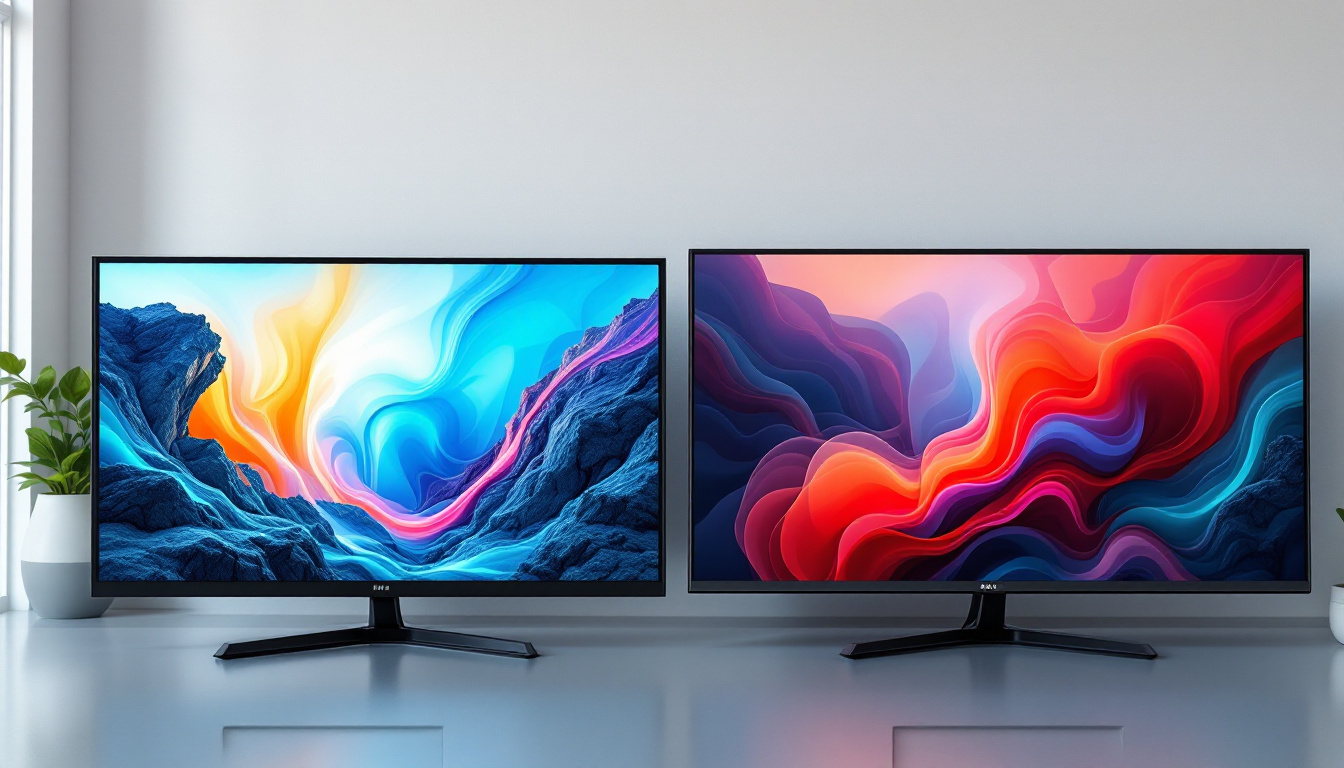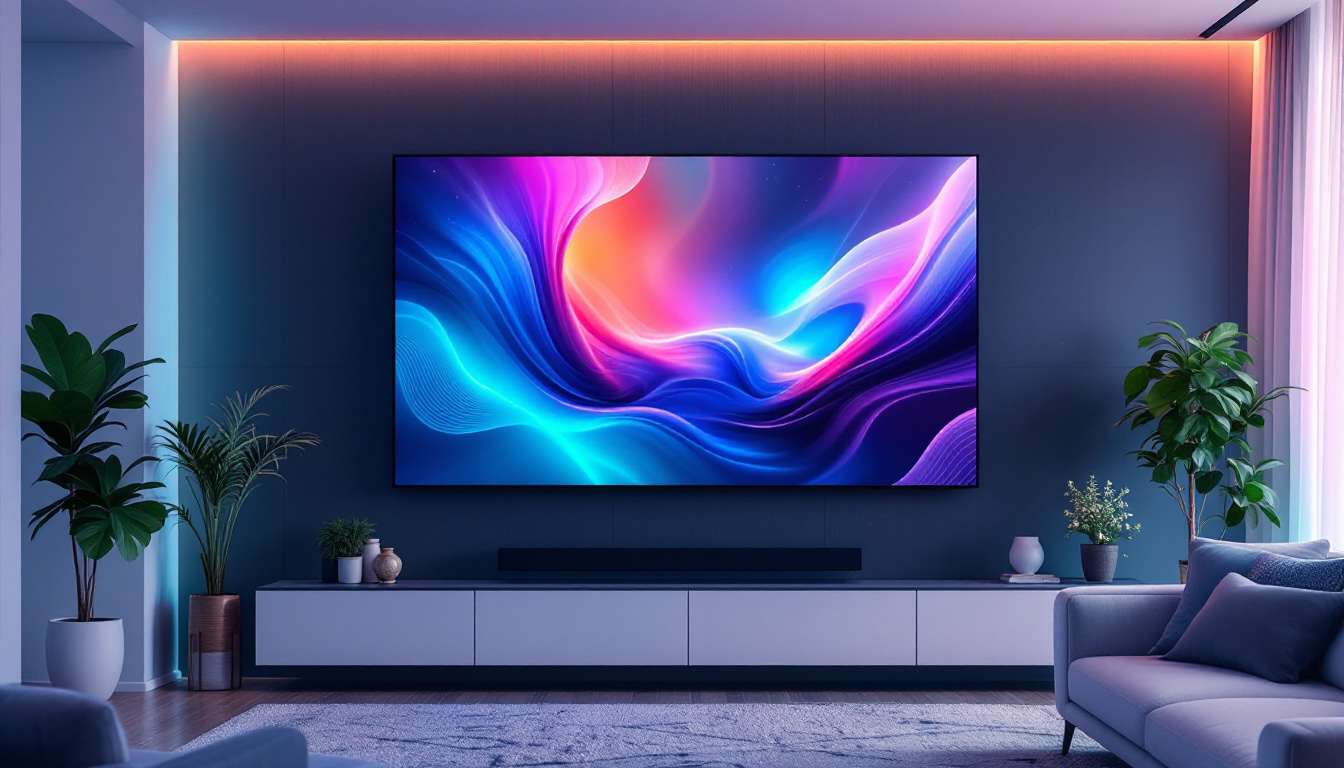In the fast-paced world of advertising, the ability to capture attention quickly and effectively is paramount. Outdoor advertising has evolved significantly over the years, and one of the most innovative developments in this field is the LED display screen. These vibrant, eye-catching displays have transformed the way brands communicate with their audiences. This article delves into the intricacies of outdoor LED display screens, exploring their technology, advantages, applications, and future trends.
Understanding LED Technology
Light Emitting Diodes (LEDs) are semiconductor devices that emit light when an electric current passes through them. This technology has become the backbone of modern display screens, offering numerous benefits over traditional display methods. LEDs are not only energy-efficient but also have a longer lifespan, making them a cost-effective choice for both consumers and businesses alike. Their compact size allows for versatile applications, from small electronic devices to large-scale outdoor billboards.
How LED Displays Work
LED displays consist of numerous tiny diodes arranged in a grid format. Each diode can emit different colors of light, allowing for the creation of a full spectrum of colors. The combination of red, green, and blue (RGB) LEDs produces a wide range of hues, enabling dynamic and vibrant visuals. This color mixing capability is what sets LED technology apart from traditional lighting methods, which often rely on filters to produce different colors.
When an image or video is to be displayed, the control system sends signals to the LED diodes, instructing them to light up in specific patterns and colors. The result is a seamless, high-resolution image that can be viewed from various angles and distances. Additionally, the rapid response time of LEDs allows for smooth transitions and animations, making them ideal for video displays and interactive installations. This responsiveness is particularly beneficial in environments where real-time updates are crucial, such as in stock market displays or live event broadcasting.
Types of LED Displays
There are several types of LED displays, each designed for specific applications. The most common types include:
- Indoor LED Displays: These are typically used in shopping malls, airports, and other indoor venues. They are designed for close viewing and often feature higher pixel density for sharper images. Indoor displays can also be enhanced with features like high refresh rates to ensure that fast-moving content appears smooth and clear.
- Outdoor LED Displays: Built to withstand various weather conditions, outdoor LED displays are larger and designed for visibility from greater distances. They often have lower pixel density compared to indoor displays, but they compensate for this with higher brightness levels to ensure that the content remains visible even in direct sunlight. Many outdoor displays also come equipped with protective casings to prevent damage from rain, wind, and dust.
- Transparent LED Displays: These innovative displays allow viewers to see through them while still delivering vibrant content. They are often used in retail environments to showcase products without obstructing visibility. The transparency of these displays opens up a new realm of creative possibilities, enabling businesses to blend digital content with physical merchandise in a way that enhances the shopping experience.
Advantages of Outdoor LED Display Screens
Outdoor LED display screens offer numerous advantages that make them a preferred choice for advertisers. Their unique features contribute to their effectiveness in capturing audience attention and delivering messages effectively.
High Visibility and Brightness
One of the most significant benefits of outdoor LED displays is their high brightness levels. Unlike traditional billboards, LED displays can be seen clearly even in direct sunlight. This ensures that advertisements remain visible at all times, maximizing exposure and engagement.
Furthermore, the brightness can be adjusted based on ambient light conditions, ensuring optimal visibility throughout the day and night. This adaptability makes LED displays a versatile option for outdoor advertising.
Dynamic Content Capabilities
Outdoor LED displays allow for dynamic content, which can be changed in real-time. Advertisers can easily update their messages, images, and videos to reflect current promotions, events, or seasonal campaigns. This flexibility enables brands to stay relevant and engage their audience effectively.
Moreover, the ability to display video content enhances storytelling, making advertisements more engaging and memorable. This dynamic nature also allows for the integration of social media feeds, live updates, and interactive elements, further increasing viewer interaction.
Cost-Effectiveness and Longevity
While the initial investment in outdoor LED displays may be higher than traditional advertising methods, they often prove to be more cost-effective in the long run. LED technology is energy-efficient, consuming significantly less power compared to other lighting options. This results in lower operational costs over time.
Additionally, LED displays have a longer lifespan than traditional billboards, often lasting over a decade with proper maintenance. This durability reduces the need for frequent replacements, making them a wise investment for advertisers.
Applications of Outdoor LED Display Screens
The versatility of outdoor LED displays allows them to be used in a wide range of applications. From advertising to information dissemination, these screens have become integral to various industries.
Advertising and Marketing
Outdoor LED displays are predominantly used for advertising and marketing purposes. Brands leverage these screens to promote their products, services, and events. The ability to display high-quality visuals and dynamic content makes them an effective tool for capturing consumer attention.
Moreover, LED displays can be strategically placed in high-traffic areas, ensuring maximum visibility and engagement. This positioning allows brands to reach a broader audience and enhance brand recognition.
Public Information and Wayfinding
Beyond advertising, outdoor LED displays serve as valuable tools for public information dissemination. They are commonly used in transportation hubs, such as airports and train stations, to provide real-time updates on schedules, delays, and other important information.
Additionally, LED displays can be utilized for wayfinding purposes in large venues, guiding visitors to specific locations or events. This functionality enhances the overall experience for attendees and improves the efficiency of navigation in complex environments.
Event Promotion and Entertainment
Outdoor LED displays play a crucial role in promoting events and entertainment. Concerts, festivals, and sporting events often feature large LED screens to display live footage, advertisements, and information about the event.
These displays create an immersive experience for attendees, enhancing their enjoyment and engagement. Furthermore, they can be used to promote upcoming events, encouraging ticket sales and participation.
Future Trends in Outdoor LED Displays
The outdoor advertising landscape continues to evolve, and LED display technology is at the forefront of this transformation. Several trends are shaping the future of outdoor LED displays, influencing how brands communicate with their audiences.
Integration of Smart Technology
As technology advances, the integration of smart features into outdoor LED displays is becoming increasingly common. Smart displays can utilize data analytics to tailor content based on audience demographics, weather conditions, and time of day.
This level of personalization enhances the effectiveness of advertising campaigns, allowing brands to deliver relevant messages to their target audience. Additionally, smart technology can enable remote management and monitoring of displays, streamlining operations for advertisers.
Eco-Friendly Solutions
With growing concerns about environmental sustainability, the demand for eco-friendly solutions in outdoor advertising is on the rise. Manufacturers are developing energy-efficient LED displays that consume less power and have a lower environmental impact.
Furthermore, the use of recyclable materials in the production of LED displays is becoming more prevalent. This shift towards sustainability not only benefits the environment but also aligns with the values of modern consumers who prioritize eco-conscious brands.
Enhanced Interactivity
Future outdoor LED displays are expected to feature enhanced interactivity, allowing viewers to engage with content in real-time. This could include touch-screen capabilities, QR code scanning, and integration with mobile applications.
Such interactivity can create a more engaging experience for consumers, encouraging them to participate in campaigns and promotions. This level of engagement can lead to increased brand loyalty and customer satisfaction.
Challenges and Considerations
Despite their numerous advantages, outdoor LED displays are not without challenges. Advertisers must navigate various considerations to ensure the successful implementation of these technologies.
Regulatory Compliance
Outdoor advertising is subject to various regulations and zoning laws that can vary by location. Advertisers must ensure that their LED displays comply with local regulations regarding size, brightness, and content. Failure to adhere to these regulations can result in fines or the removal of the display.
It is crucial for advertisers to conduct thorough research and work closely with local authorities to ensure compliance and avoid potential legal issues.
Maintenance and Technical Issues
Like any technology, outdoor LED displays require regular maintenance to ensure optimal performance. This includes cleaning the screens, checking for technical issues, and updating software as needed.
Technical issues can arise, such as pixel failures or connectivity problems, which can affect the display’s functionality. Advertisers must have a plan in place for addressing these issues promptly to minimize downtime and maintain the effectiveness of their advertising campaigns.
Cost Considerations
While outdoor LED displays can be cost-effective in the long run, the initial investment can be significant. Advertisers must carefully consider their budget and the potential return on investment when deciding to implement LED displays in their advertising strategy.
Conducting a thorough cost-benefit analysis can help advertisers make informed decisions and ensure that they are maximizing the impact of their advertising efforts.
Conclusion
Outdoor LED display screens have revolutionized the advertising landscape, offering brands a dynamic and effective way to communicate with their audiences. With their high visibility, dynamic content capabilities, and versatility, LED displays have become an essential tool for modern advertising.
As technology continues to advance, the future of outdoor LED displays looks promising, with trends such as smart technology integration, eco-friendly solutions, and enhanced interactivity shaping the way brands engage with consumers. However, advertisers must also navigate challenges such as regulatory compliance, maintenance, and cost considerations to ensure successful implementation.
In an era where capturing attention is more critical than ever, outdoor LED display screens stand out as a powerful medium for brands to connect with their audiences and leave a lasting impression.
Discover LumenMatrix’s Innovative LED Display Solutions
Ready to elevate your brand’s presence and captivate your audience with unparalleled visual experiences? Look no further than LumenMatrix, a pioneer in LED display technology. Our comprehensive range of solutions, including Indoor and Outdoor LED Wall Displays, Vehicle LED Displays, LED Poster Displays, LED Sports Displays, Floor LED Displays, Custom LED Displays, All-in-One LED Displays, and LED Transparent Displays, are designed to revolutionize visual communication. Embrace the future of dynamic and impactful advertising with LumenMatrix. Check out LumenMatrix LED Display Solutions today and transform how your business connects with the world.

